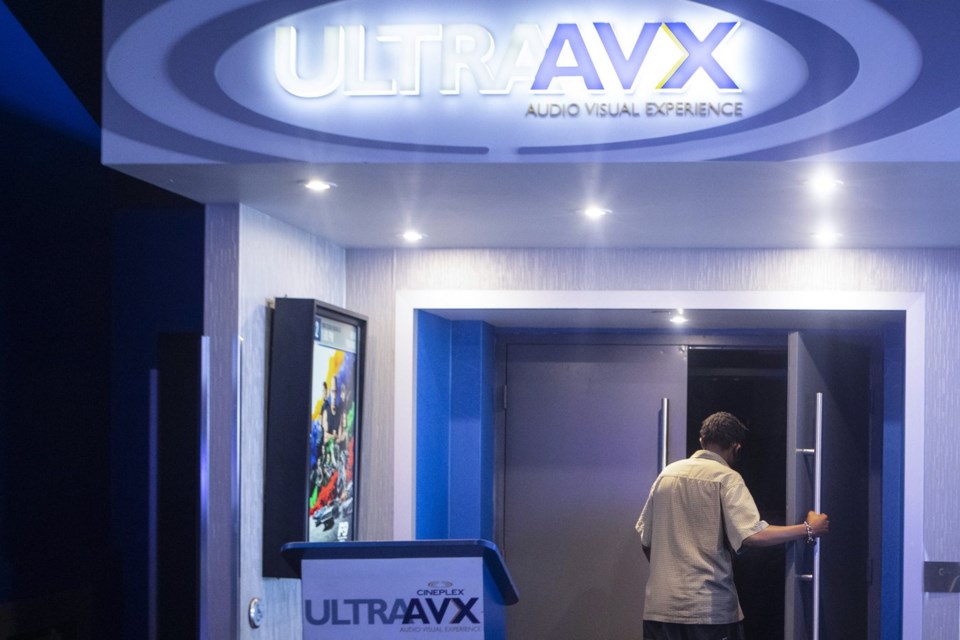A new analysis of LGBTQ+ representation in Canadian film, TV, streaming and video game industries found that there are significant gaps in how the diverse community is portrayed on screen, despite some recent improvements.
The paper published Tuesday by Pink Triangle Press said a majority of industry professionals agreed that the portrayal of LGBTQ+ characters was frequently superficial, stereotypical and focused solely on trauma.
The report presented at the Banff World Media Festival was mostly based on surveys, as well as several in-depth interviews with industry professionals and an analysis of 22 hours of top-watched Canadian television shows in French and English. The data was collected from December 2023 to May.
Although 85 per cent of industry professionals said they've seen improvements in on-screen LGBTQ+ portrayals over the past five years, a "significant" gap persists in the amount and type of representation, especially when it comes to queer and transgender characters, the report said.
"Intersex and asexual people are universally underrepresented on Canadian screens," it said. "Two-Spirit, trans, gender diverse, and bi+ identities are also critically underrepresented."
The paper said gay men are seen as significantly less underrepresented than any other group.
It found that just 10 per cent of LGBTQ+ characters in the top-rated shows have speaking roles, and that only four per cent of the most popular English productions and two per cent of French ones featured LGBTQ+ characters who are Black, Indigenous or people of colour.
The paper said barriers to inclusion include a lack of LGBTQ+ decision-makers and "cautious" industry executives, as well as a reliance on storytelling tropes and stereotypes.
The paper made a number of recommendations to address these gaps, including greenlighting LGBTQ+ stories in film, TV and elsewhere through dedicated programs and funding criteria dependent on fair representation. It also recommended "more robust" hiring practices and mentoring programs industry-wide to ensure more LGBTQ+ decision makers are at the table.
The report acknowledged that "a dearth of demographic information" limits research on authentic LGBTQ+ representation in media. It noted that although sa���ʴ�ý's most recent census finally collected data on gender in addition to sex assigned at birth, available data on sexual orientation largely comes from smaller, voluntary surveys.
Statistics sa���ʴ�ý said approximately one million people identified as part of the LGBTQ+ community in Canadian Community Health surveys, accounting for four per cent of the total population aged 15 and older in 2018.
This report by The Canadian Press was first published June 11, 2024.
The Canadian Press



